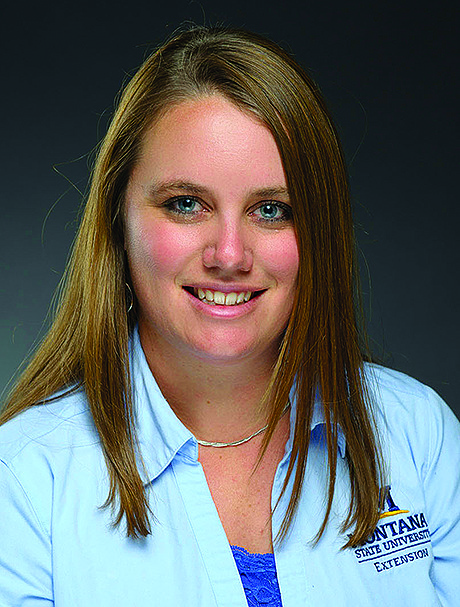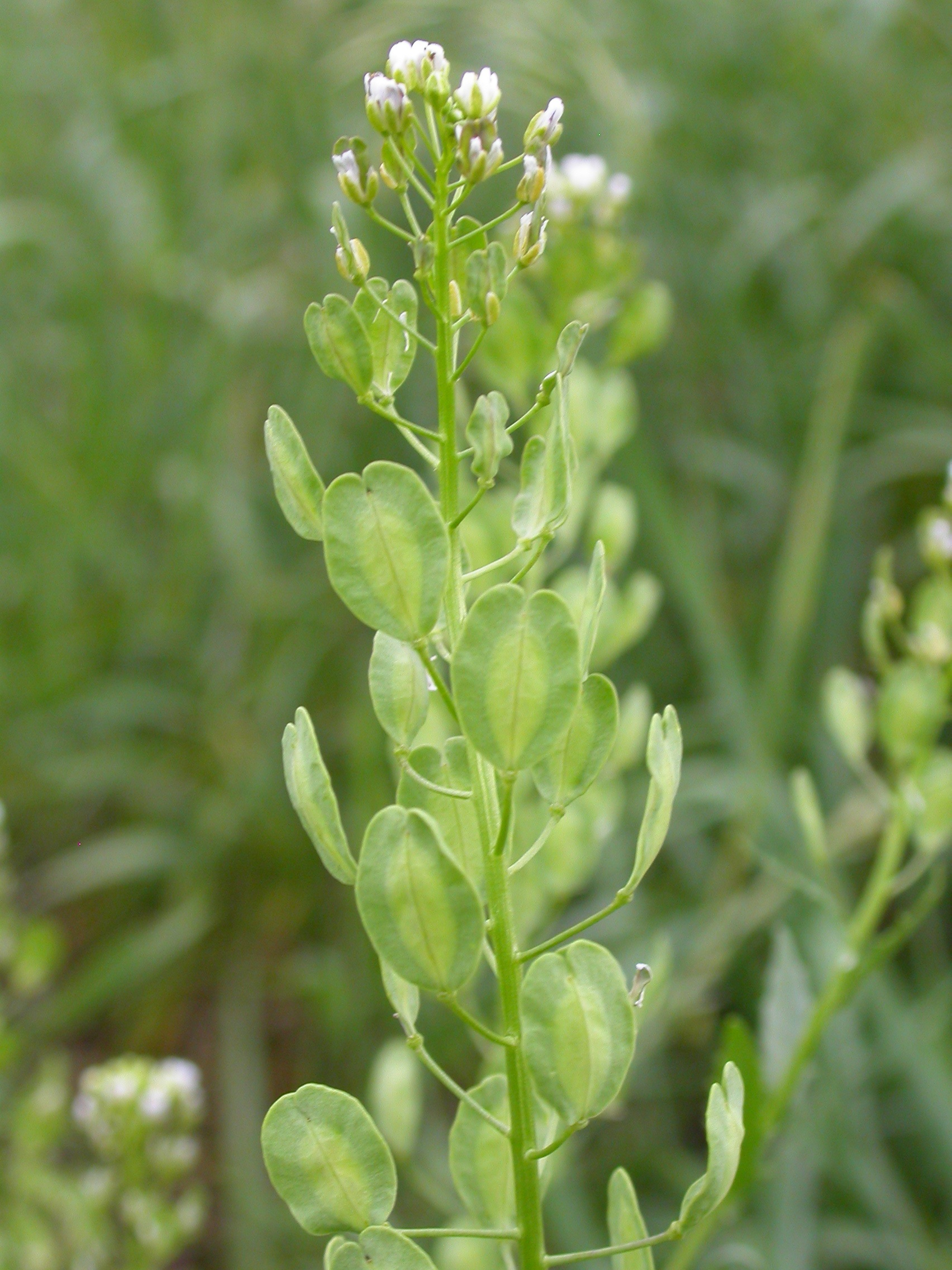Example Article for Broadwater County Extension Agent
Weed Of The Month: Field Pennycress
 | Author:
Allison Kosto, Broadwater County Extension Agent
MSU Broadwater County Extension Agent |
Weed of the Month: Field Pennycress
Allison Kosto
Broadwater County Extension Agent
A rather distinctive plant, at least at maturity, field pennycress can be troublesome in certain situations. It’s in the mustard family so it is related to many other obnoxious weeds including yellow alyssum, tumble mustard, flixweed, whitetop and dyer’s woad.
Description & Habitat
Native to Eurasia, field pennycress was introduced to the United States in the 1700s and can now be found throughout the states. It is primarily a cropland weed. It is rarely a rangeland weed. However, it can also be found along roadsides, disturbed areas and weedy pastures.
Field pennycress is most often a winter annual which means seeds germinate in the fall and produce a rosette. Then it produces seed and dies the following year. Seeds can also germinate during the spring or summer, but those plants will not form a rosette, only blooming stems. It can grow 18 to 24 inches tall. Plants produce a single erect central flowering stem with several side stems. Leaves are long and oval-shaped. It produces a cluster of white flowers which give way to relatively large (up to ½ inch long) flat oval seed pods. This is its most distinctive feature. Each seed pod has two cells with three to eight seeds in each. It is sometimes confused with shepherd’s purse which has triangle seed pods.
A unique feature of pennycress is that crushed leaves emit a garlicky odor. In fact, milk from dairy cattle who graze or eat hay with pennycress will have a garlicky flavor. The plant was traditionally cultivated in Europe due to its edible leaves. The seeds can also be ground and used as a mustard substitute and the oil used for cooking.
Management
As an annual plant, the most effective way to control field pennycress is by controlling seed production. They can be done by pulling, digging, tilling or mowing before flowering. Grazing is not recommended. Long-term consumption at high doses can be toxic to horses. In cropland, delayed planting can cause more pennycress seeds to germinate before tilling. Rotating to a perennial crop can also be beneficial.
Herbicides can also be effective. Fall or spring applications are the most successful. Most commonly used chemicals include 2,4-D, Banvel, Escot or Telar. Always read and follow the entire label when applying herbicide. Common chemical names are used for clarity but does not imply endorsement of a product or brand.
For assistance on weed identification and management, contact the MSU Extension Office in Broadwater County at 406-266-9242.
Article Images
Click on Image Thumbnail(s) to view fullsize image
PhotoCredit: Allison Kosto
Image 1 Caption: Field Pennycress
Photo Credits: Allison Kosto
